Unbiased GPU Rendering with FStorm
I’m exploring GPU rendering now, inspired mostly by the work of Daniel Reuterswärd and Johannes Lindqvist who share so much of what and why they do what they do. To get on track fast, I have approached them both seeking insight I can use and share with you all here. Today I’m publishing this hybrid thoughts and making-of by Daniel as he makes his first steps with the new FStorm Render engine. More on this, Octane Render and general GPU tasty bites to follow this week by Johannes as well. Enjoy!
Introduction
I’ve recently tried and documented my first attempt with the new GPU renderer, FStorm Render.
Ronen approached me asking if I can share my thoughts about it and about GPU rendering in general, and in this article I will mix both my thoughts and the making-of my first FStorm scene. It is based on my personal opinions derived from my personal experience at an early stage of using a new render engine, so please treat it as such.
So, who am I?
My name is Daniel Reuterswärd. I´m an architectural visualization artist and the owner of Daniel Reuterswärd Visualisation. I’m striving to create photo-realism. it is my passion.
What is GPU rendering?
GPU rendering calculates the 3D image with the help of your graphics card instead of using your CPU for that task. The biggest difference between CPU and GPU rendering is what kind of hardware you need for rendering, which in turn impose some limitations on what you can or can not do (until new hardware is introduced).
My background in render engines
So, I thought I should start with some background to explain how I ended up using GPU renderers for both personal and commercial work.
A couple of years ago a new renderer engine popped up in forums here and there so one day I finally decided to test it. The render engine was Corona Renderer and I fell in love in an instant.

Rendered with Corona Renderer
Suddenly I didn’t need to tweak any settings and could focus on creating better materials, composition, lighting and, in the end, have a higher quality image.
Corona is on sale now (20% Discount) via Ronen using promo code RBSUMMER here! Check out the special post about it - Spend Time in the Sun
A few years later my friend and fantastic 3D Artist Johannes Lindqvist showed me, Octane Render. I must admit, I was quite skeptical in the beginning but thanks to a competition I got the opportunity to try the full version of Octane Render for almost 2 months.
I did try Octane Render many years ago before there was a 3ds Max Plugin, but that experience was long gone from my memory. So I tried Octane Render. It took me a while to get used to the different setups I needed for HDRI lighting, materials, etc, but with some pointers, I started to get the hang of it.
Now that you know how I came in contact with GPU renderers. You might ask…
How switching to GPU render engines benefited me?
And why do I prefer GPU render engines now…
I need only one word to answer this – Interactivity.
The interactive speed I work in since moving to GPU renderers has helped me to achieve better results faster since I get almost real-time feedback for materials, lighting, etc.
The unbiased quality of the render engines I’ve used also makes sure of calculating everything correct without any artifacts.
These render engines also have a really nice interactive glow & glare which means I no longer have to rely on post processing to achieve a nice glare from spotlights or a soft bloom from my windows in an interior rendering.
When it comes to materials I have really noticed how I´m much faster in creating and tweaking materials. By using a second instance of 3ds Max I can tweak the model with as good as live /real-time unbiased feedback and then easily copy it to the main scene. This is, of course, possible with a CPU renderer, but the feedback is beyond anything I have seen so far.
So now you might think : ”Well this sounds fantastic!” However, there are a few…
Drawbacks to using GPU renderers
The biggest issue is the memory limit on GPU’s, this issue is slowly disappearing since the amount of GPU memory is increasing.
Another drawback is that some plugin features such as ForestColor in Forest Pack Pro are not supported.
I’ve recently started using a new GPU render engine called FStorm which is very promising. FStorm is currently in Alpha stage and for free.
Making of an FStorm Project
This is my first project done with the new GPU render engine FStorm Render.
I will start by covering how to download and install FStorm and how to set up HDRI lighting. After that I’m going to dive in to the scene you can see images of below and cover how I set up the lighting, some of the materials and some post production tips.
If you want to follow my work please visit my Facebook page
Introduction to FStorm Render
FStorm is a new GPU render engine that is developed by Andrey Kozlov.
At the moment FStorm is only available for 3Ds Max, but other 3D softwares will be supported in the future. Only Nvidia GPU’s are supported and it´s always a good idea to update to the latest drivers.
How to Download & Install FStorm Render
Download FStorm Here
The installation is a simple procedure so you just have to follow the instructions.
Render Setup
As you can see below, all the necessary render settings can be easily found in one single tab under Render Setup. The settings you see are the default settings in FStorm.
How to Setup HDRi Lighting in FStorm
So, lets dive in to the fun stuff. I thought I´d start off with some basic things…
How to set up HDRI lighting.
- Start off by creating a new FStorm Bitmap.
- Make sure that the “Gamma” is set to “2,2” and the “Mapping” is set to “Spherical Environment”.
- To load the HDRI you would like to use click on “None” next to “File”.
- Copy the “FStorm Bitmap” as an instance to the Environment slot in “Render Setup”.
Don´t forget to tick “Importance Sampling”.
- Here´s a quick rendering showing that the HDRI lighting works.
Project Lighting
Lets start of with lighting setup in the project. I have done the same thing as I covered previously when setting up the lighting for this project. I´m using an HDRI from Cg-Source. These HDRIs have a great dynamic range.
I have also enabled DOF and some Glare, however these parameters are very scene specific so you will have to experiment to find a good balance for your scene.
For the lamp I have used a FStorm Sphere Light that I have put inside the glass lamp.
That is my complete lighting in the scene! 🙂
Materials
Time for materials! I will start with the glass vase since I really like how glass and metals behave in FStorm. This is fairly basic glass material setup, but I added a noise to the bump slot for some irregularities and also a gradient to create a nice effect of the glass going from black to clear.
Here are the settings for the FStorm Gradient and FStorm Noise.
Next material is the carpet. I have used the same approach to the carpet as I would any fabric material. The original texture is plugged in to the “texture 1” slot in a “FStorm Mix” texture and a lighter version of the original texture is plugged in to the “texture 2” slot. These two textures are then mixed with a “FStorm Falloff” so the lighter texture appears at the grazing angles.
Lets move on to the plant shader. This is how I usually set up vegetation. You can of course take this one step further buy adding color variation etc, but I felt this worked fine for this plant.
As you can see in the image below I have used a “FStorm ColorCorrection” node between the original texture and the input for “diffusetex” and “translucencetex”. This is to have control mostly of the tint and the saturation on the plant and the translucency. For this plant I made the translucency a bit more yellow and also desaturated both the dIffuse and the translucency.
The final material I will look at it is the metal for the lamp on the windowsill. Here I have added textures to the reflection and reflection glossiness to add a more old, used look to the metal. I have also lowered how much the texture affects the reflection glossiness since I felt the effect was too strong. There´s no diffuse in the material at all and the IOR is set to 6.0. The IOR value of 6.0 gives (in my eyes) a more deeper looking metal with a bit more contrast.
The Post Production Stage
Time for post production. First off all, I don´t have a strict post production workflow. My post production changes from time to time and also every scene needs a slightly different post work.
I will go through the first image in this project, the other images had the same post production applied. Here´s the raw render that I got out of FStorm.
I started off by opening the image in Photoshops Camera Raw filter and did some minor adjustments. I later had to change these based on the ColorLookup/LUT I chose. Here are the things I adjusted in Camera Raw.
I almost always use LUTs on my images as I feel the right LUT can bring out a bit more realism in the image. Here´s how the image looked when I applied a LUT at 30% opacity
At this point I wasn’t completely happy with the image so I played around a bit more and ended up using 2 more LUTs with a very low opacity (about 20%). I then added those to a group and lowered the group opacity to 75%.
With those 2 LUTs added I was happy with the final image:
Conclusion
I´m very satisfied with FStorm and I´m sure it will only get even better. All of the things I have covered here are based on my personally opinions and approach to photo realism. The best advice I can give is to not be afraid of exploring new things and testing new software.
Cheers,
Daniel.












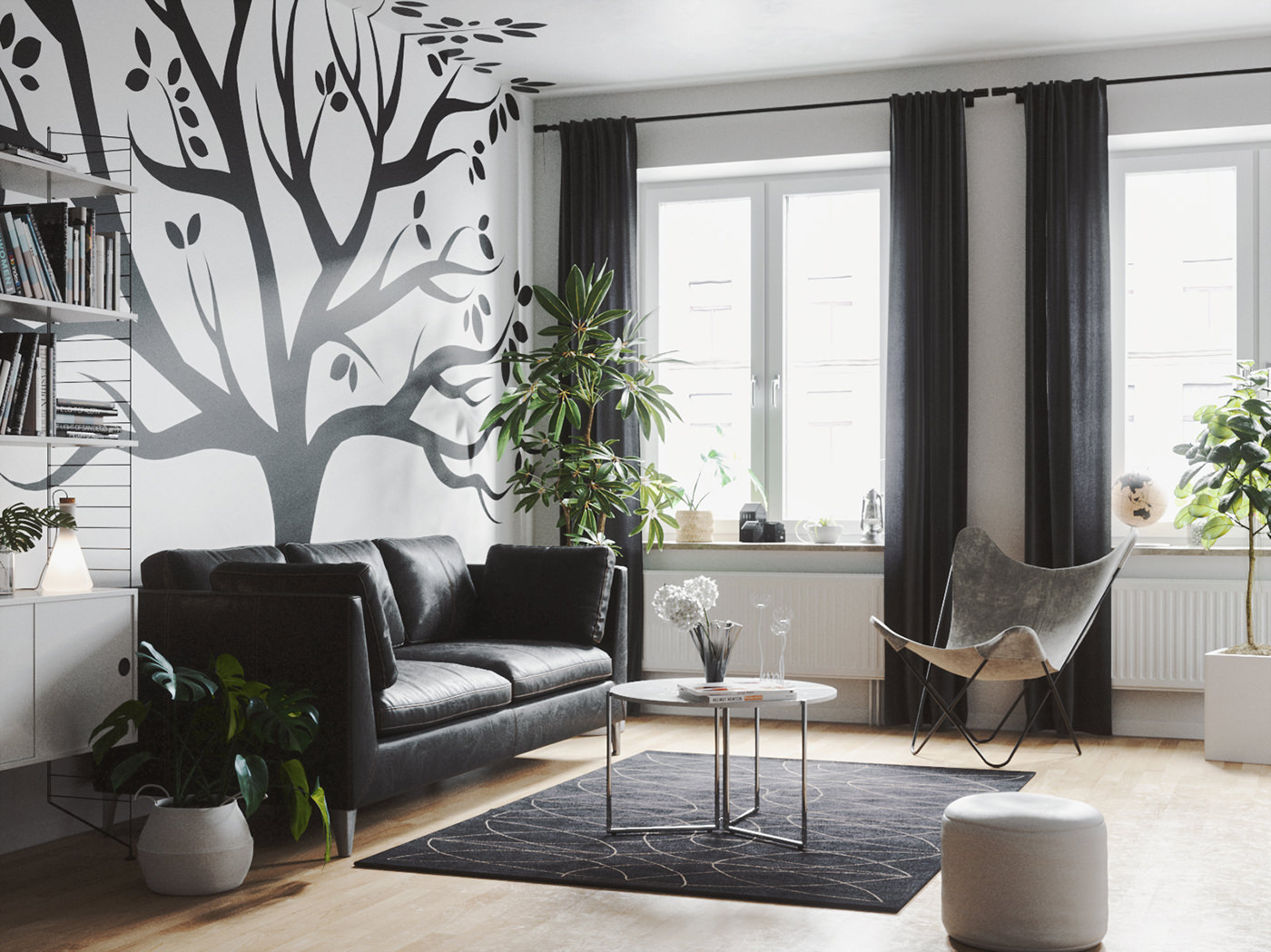
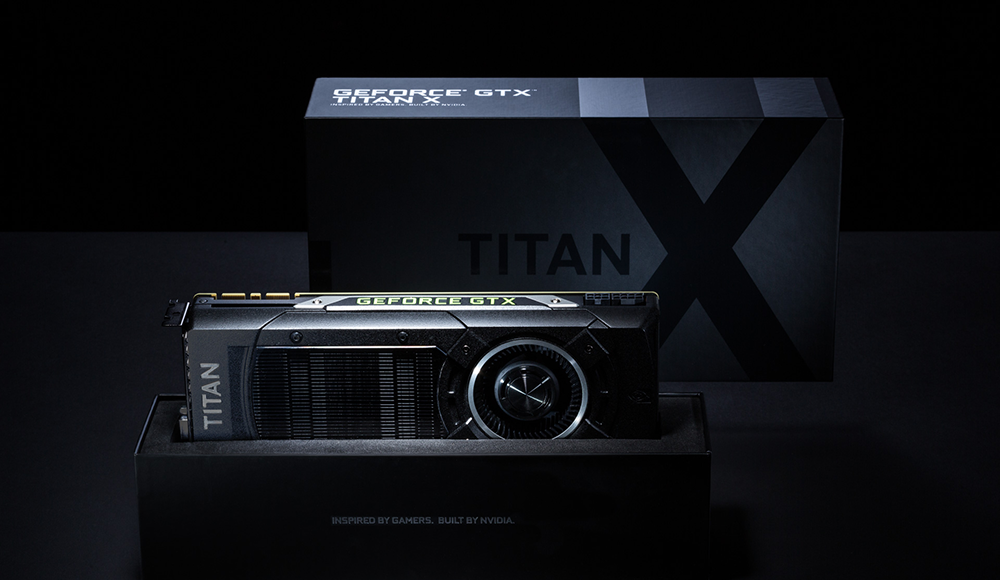
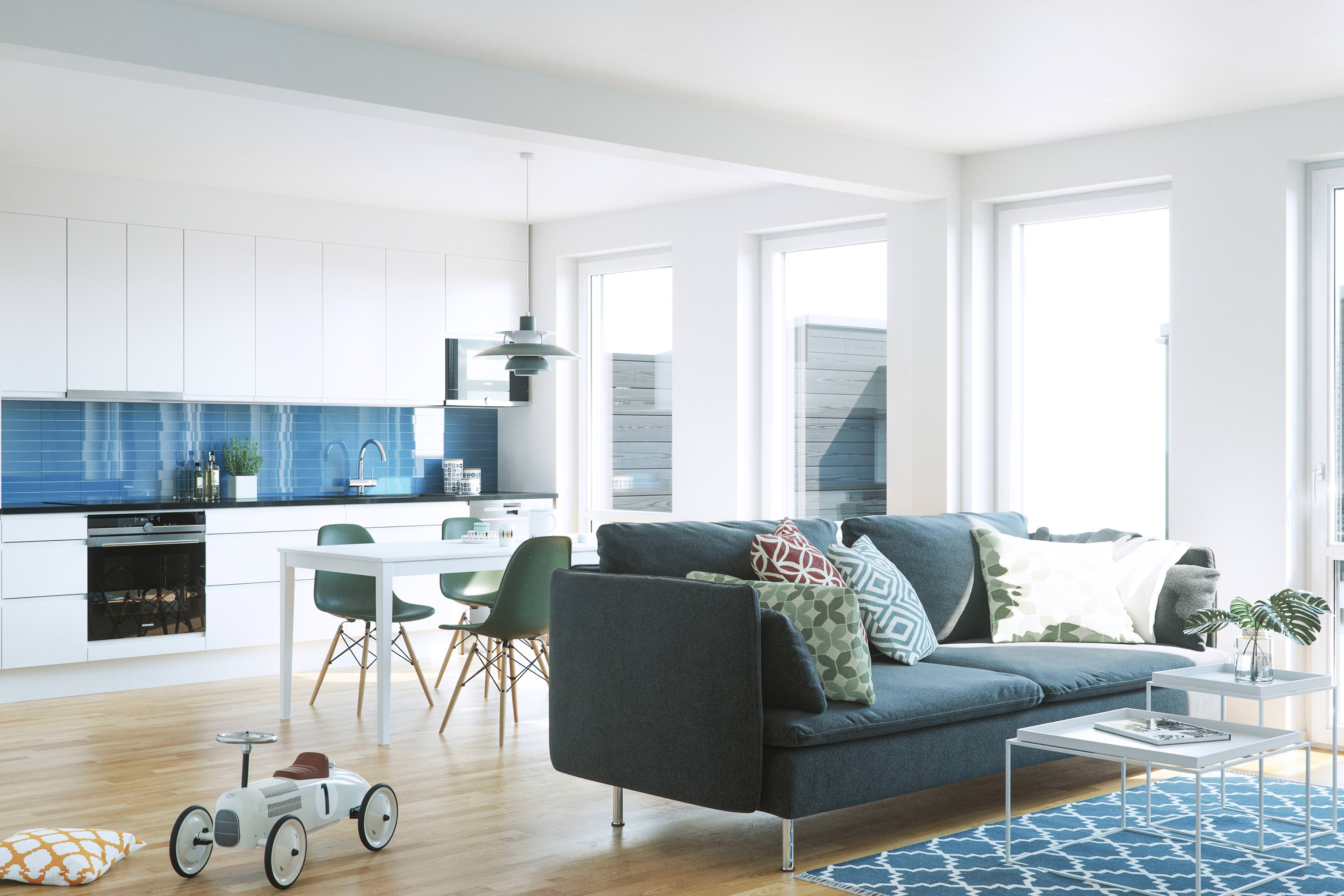
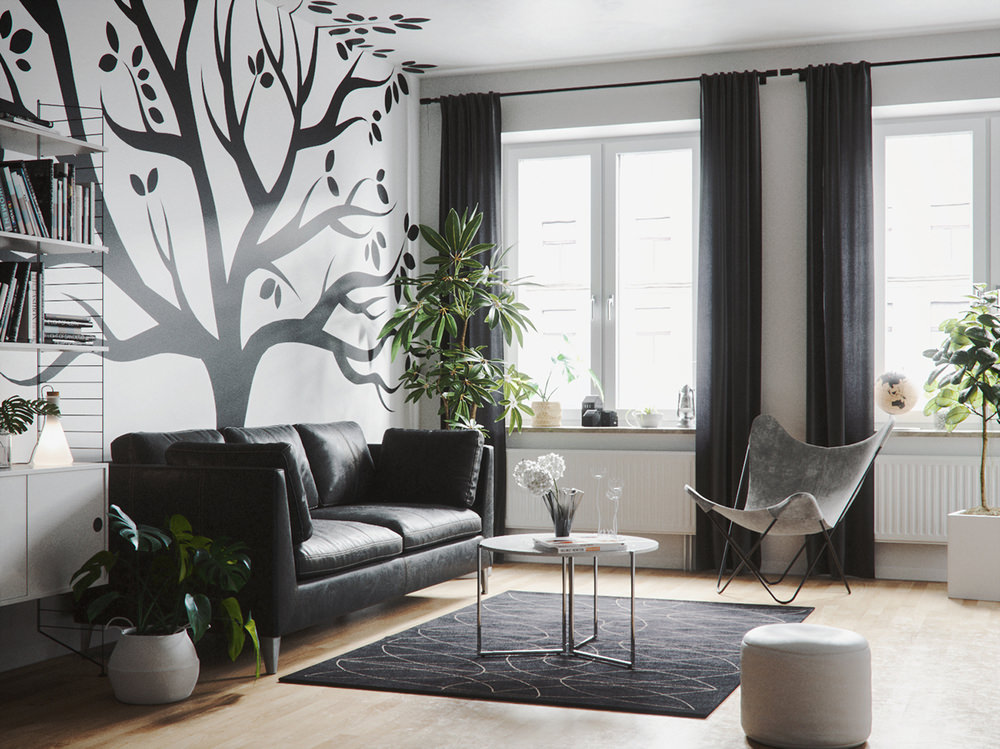

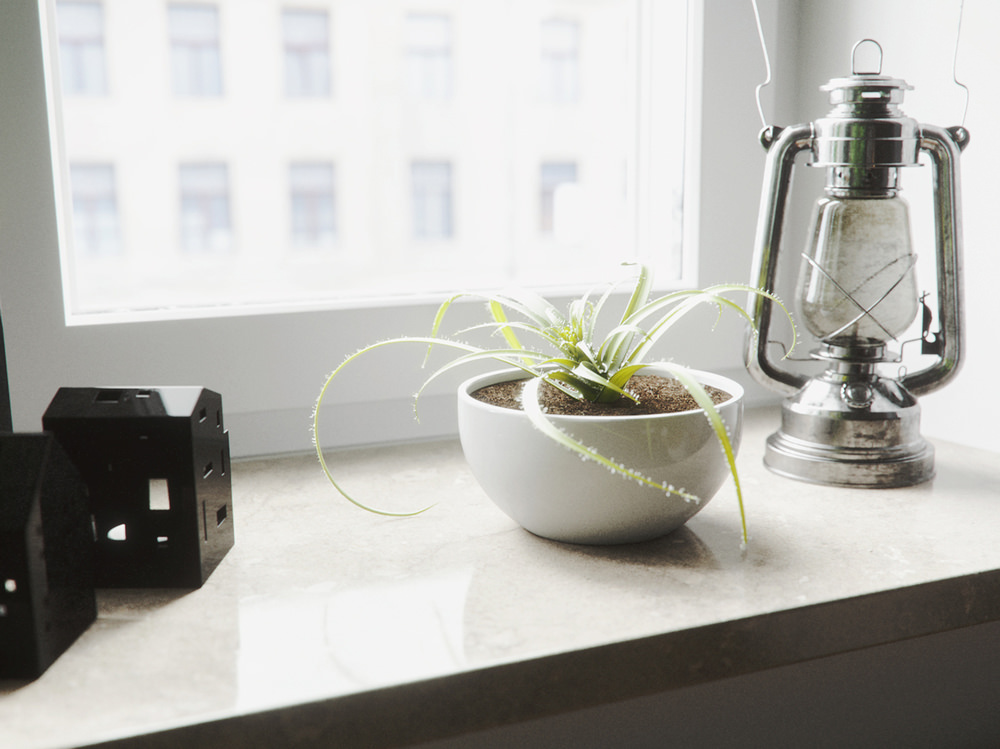

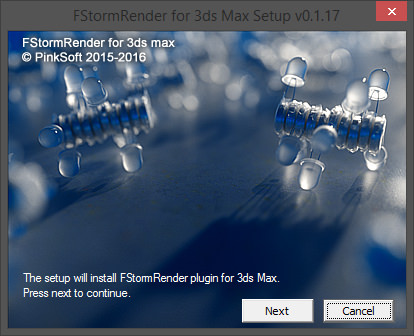
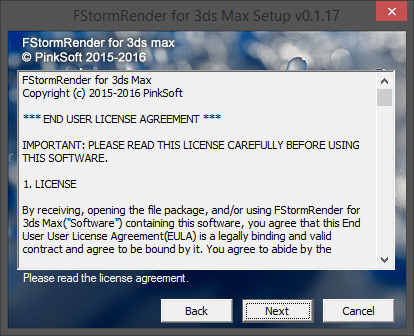
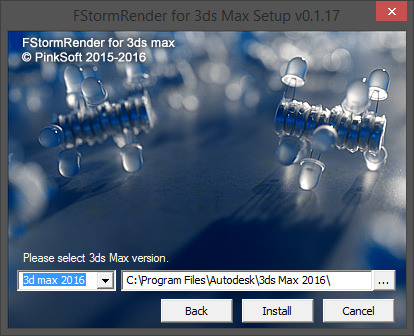
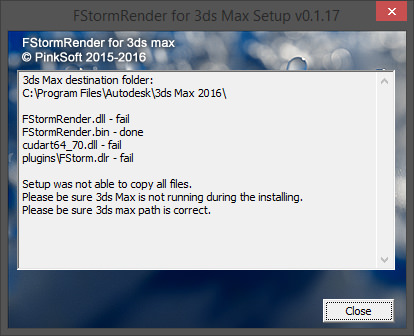

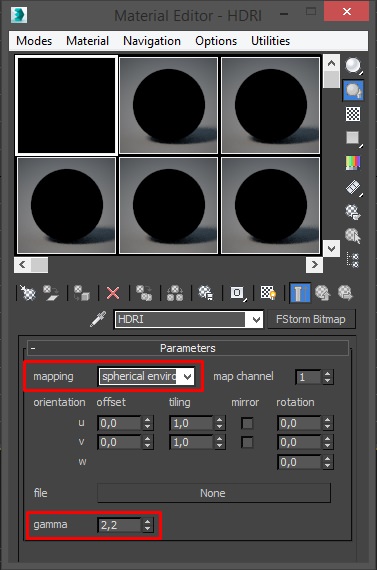
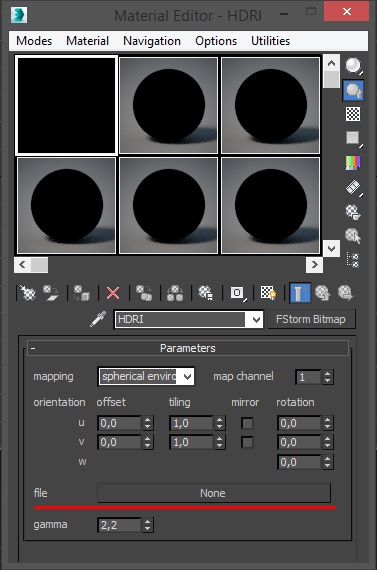
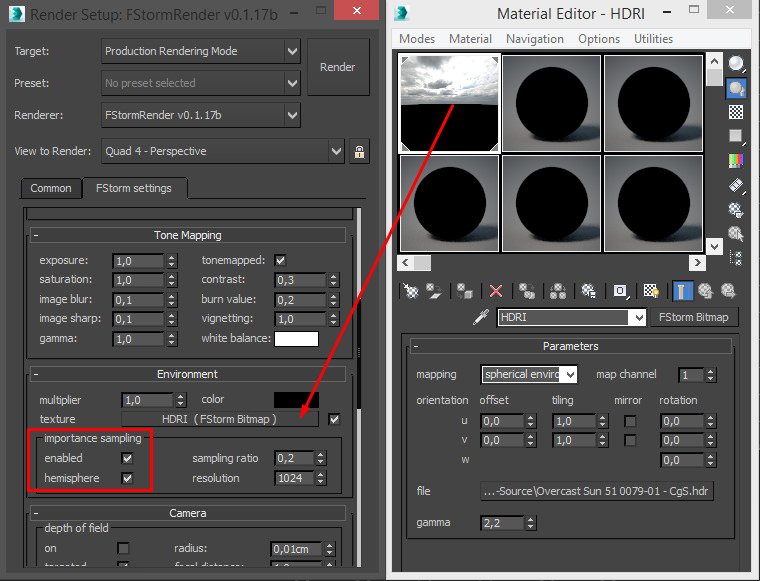
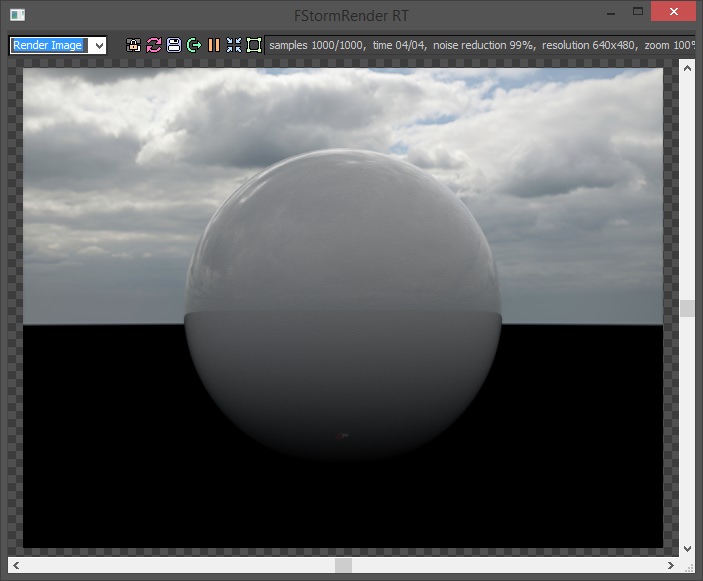
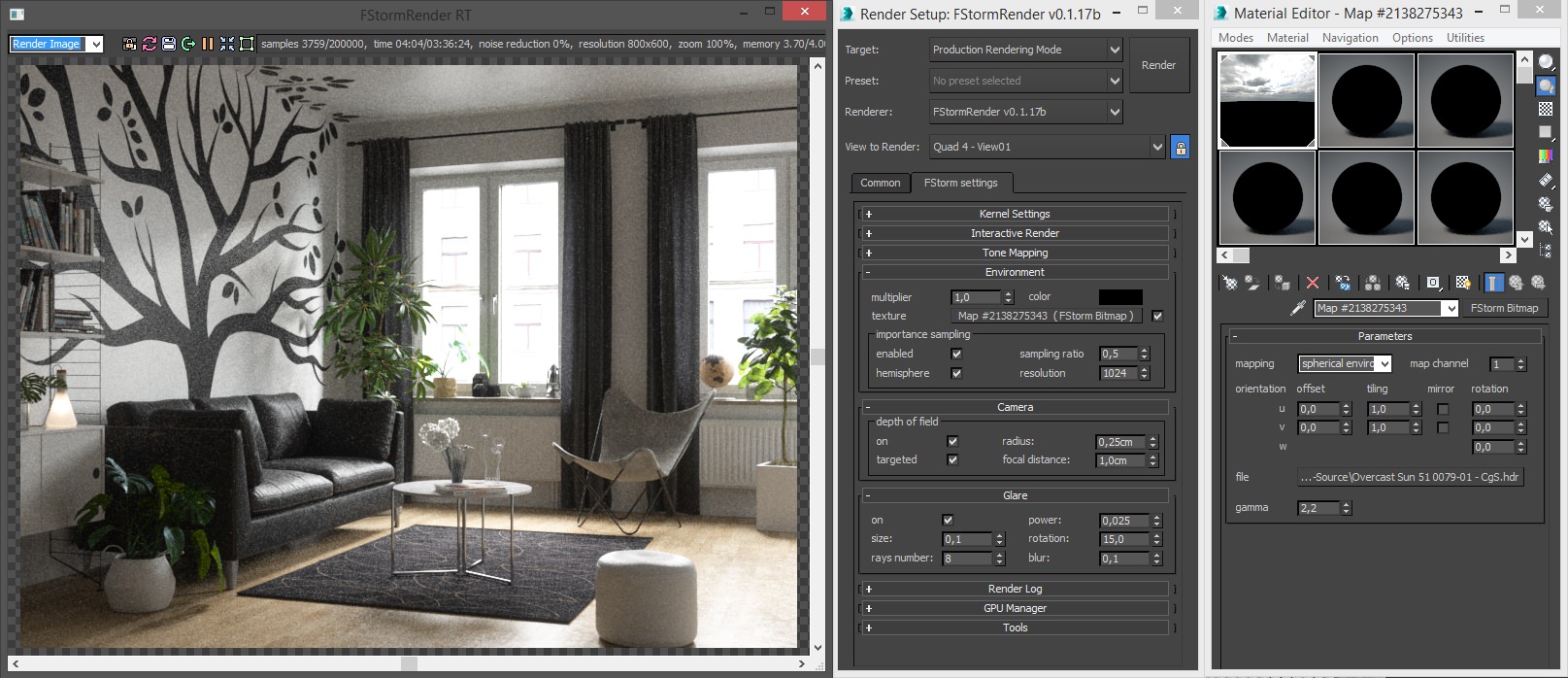
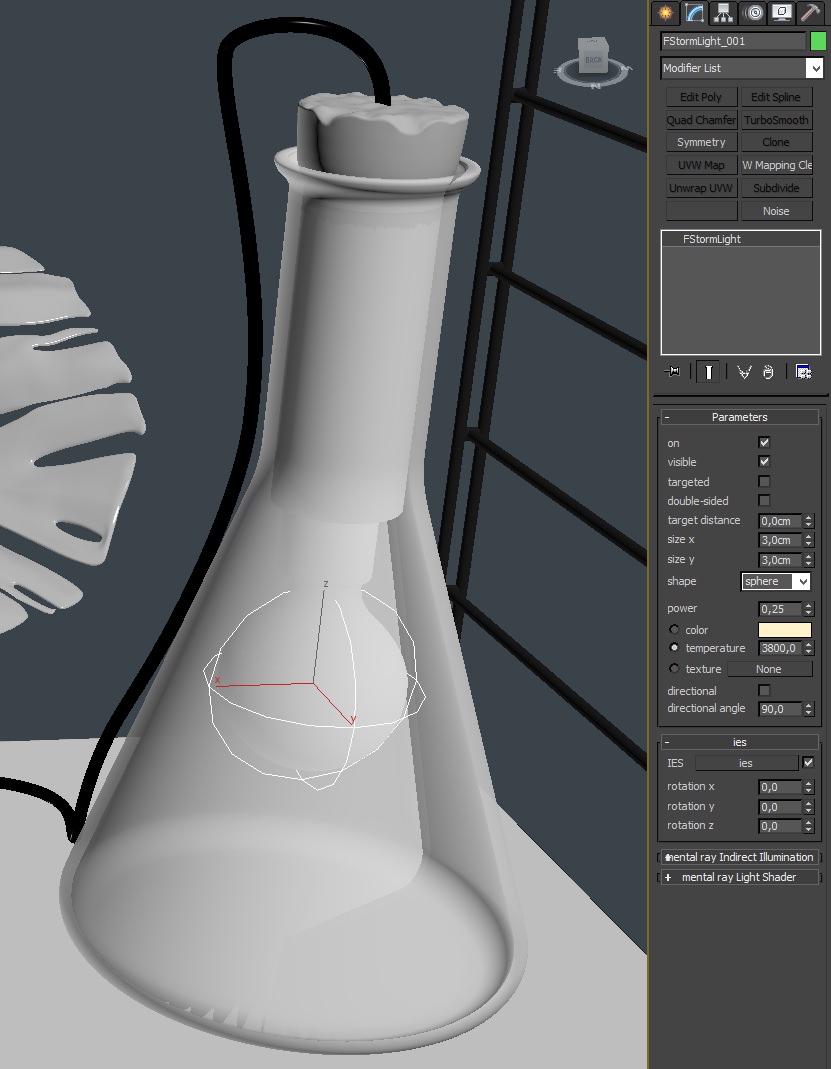
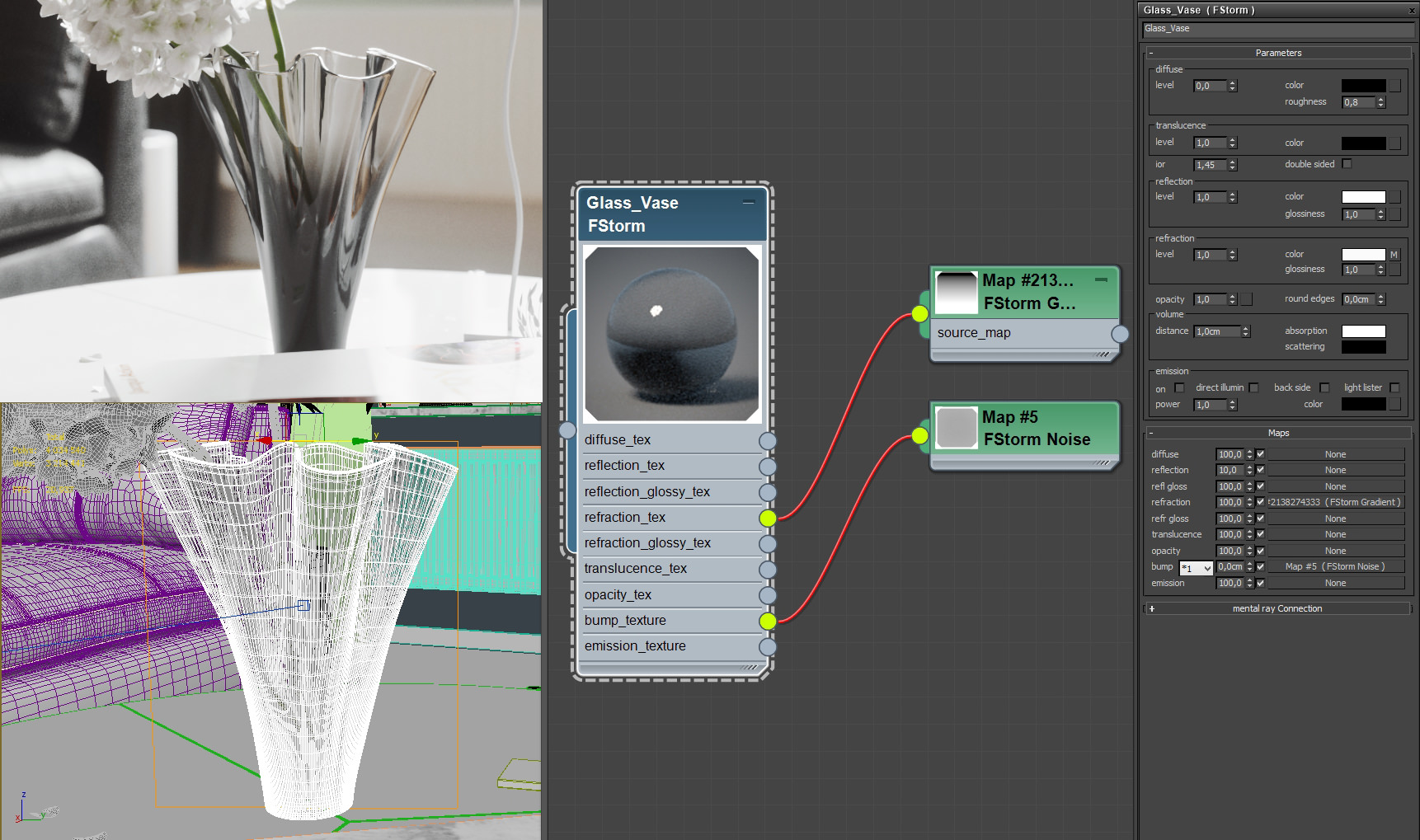
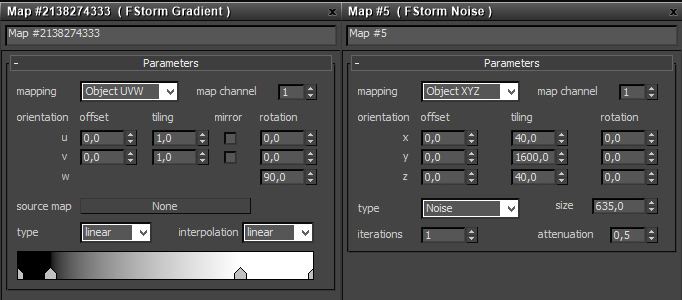
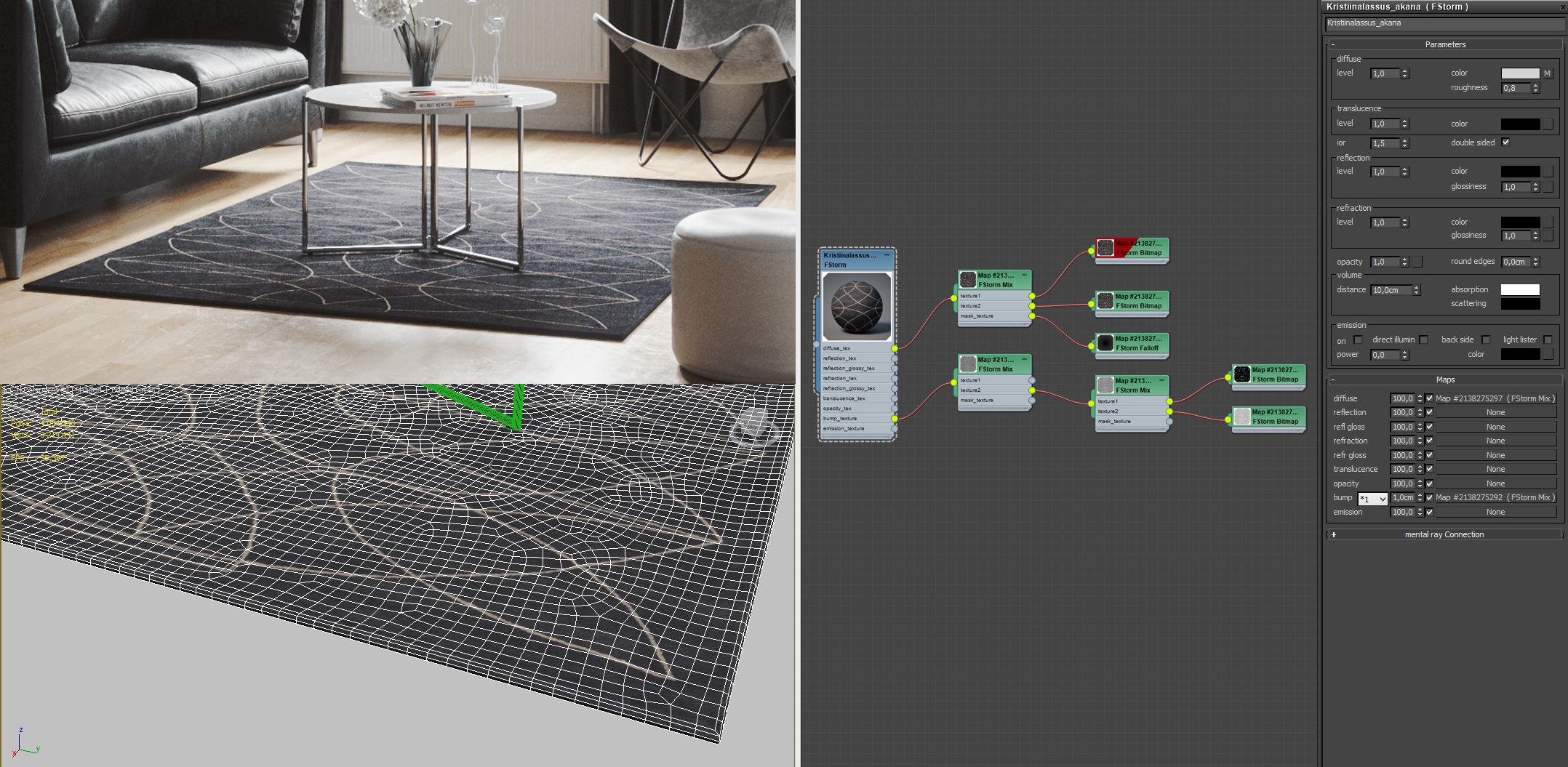
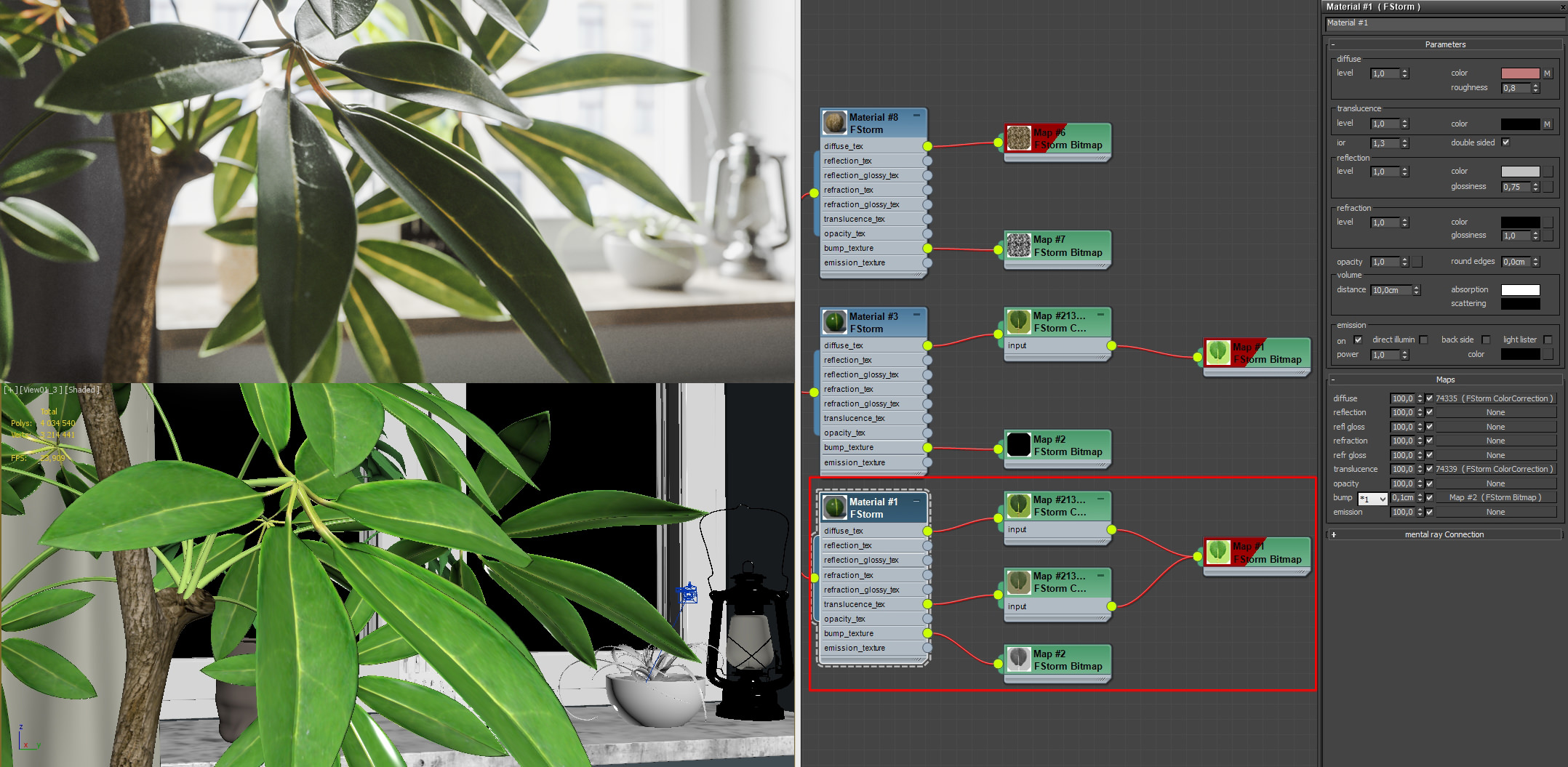
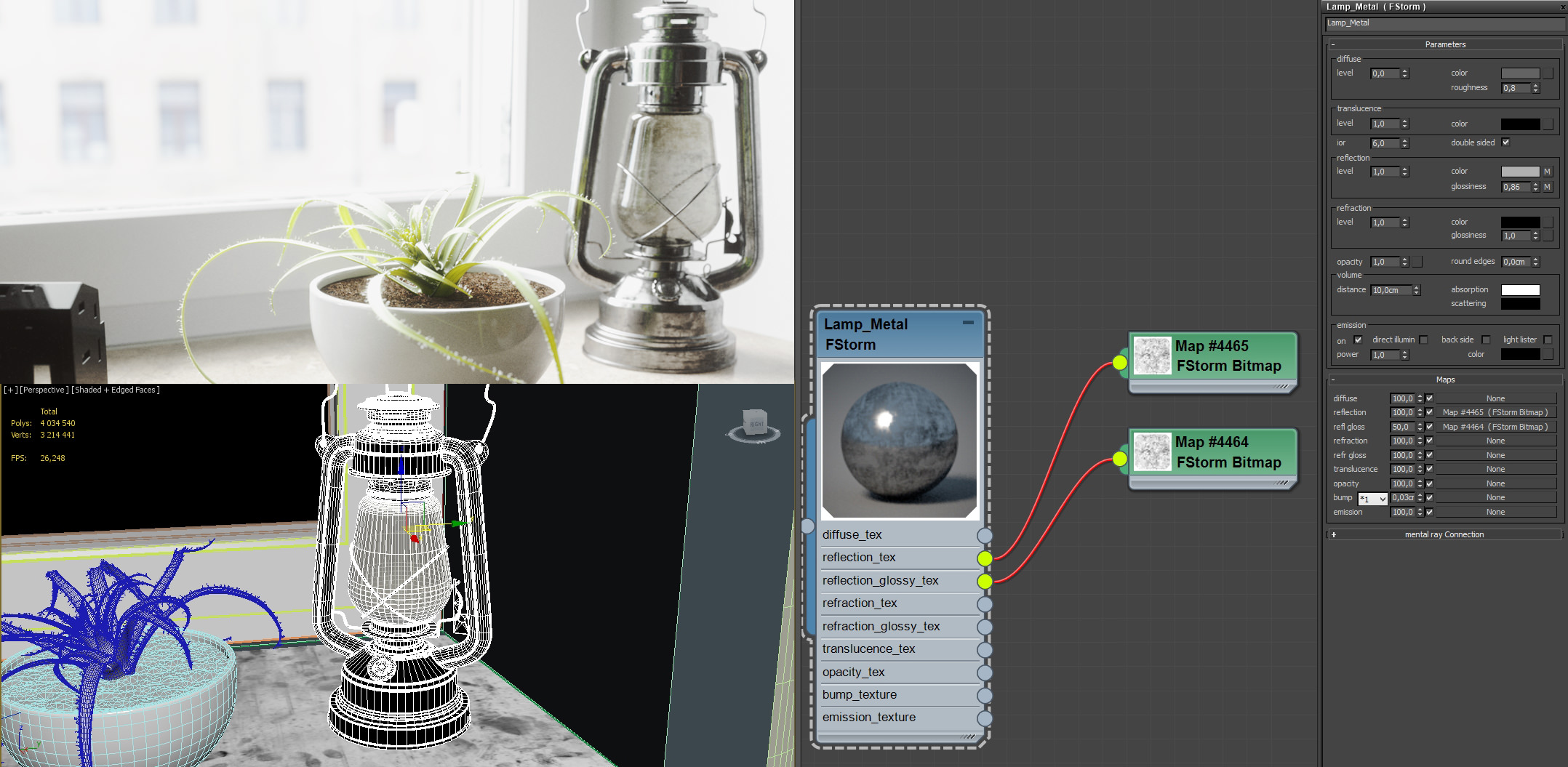
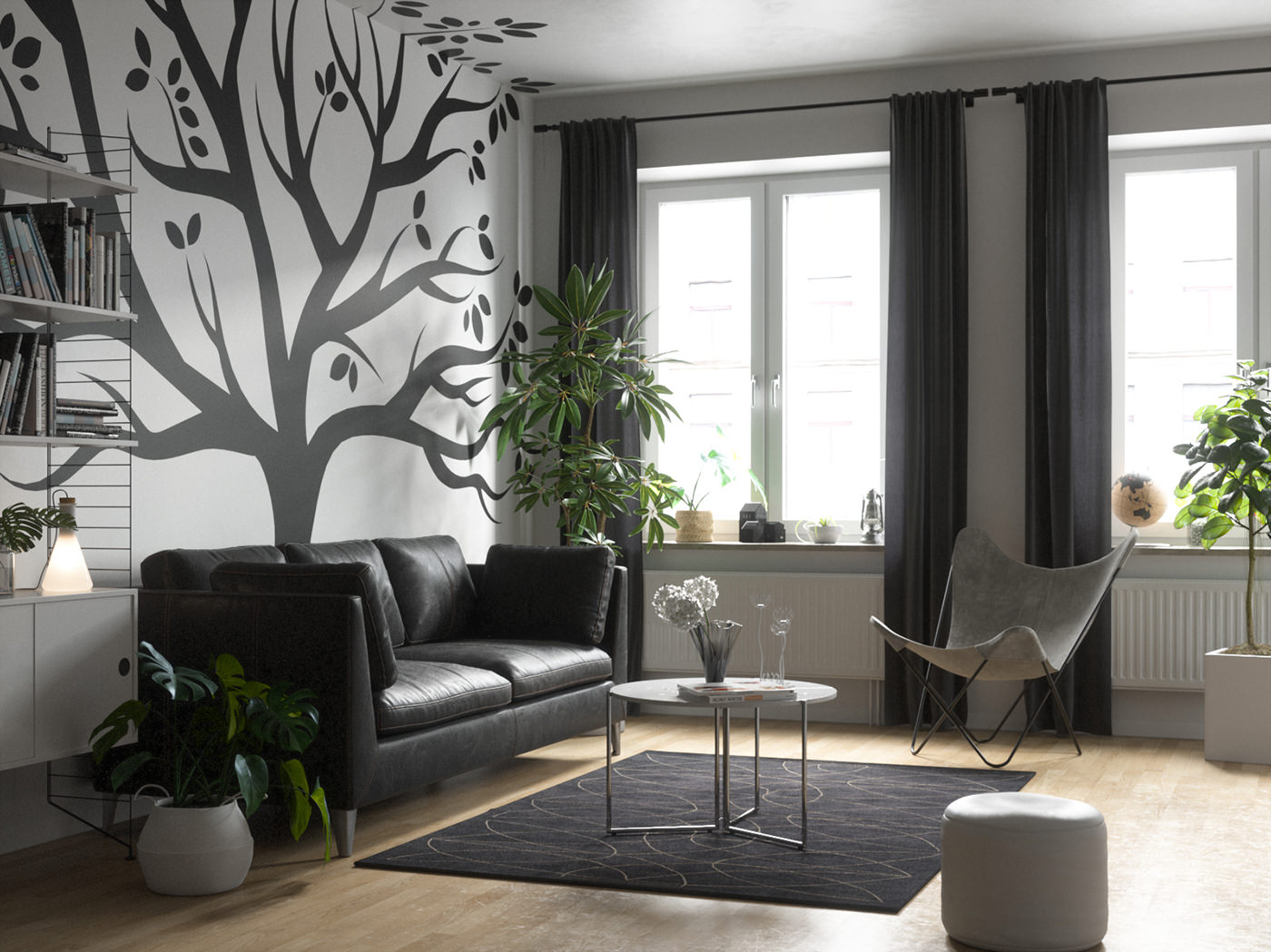
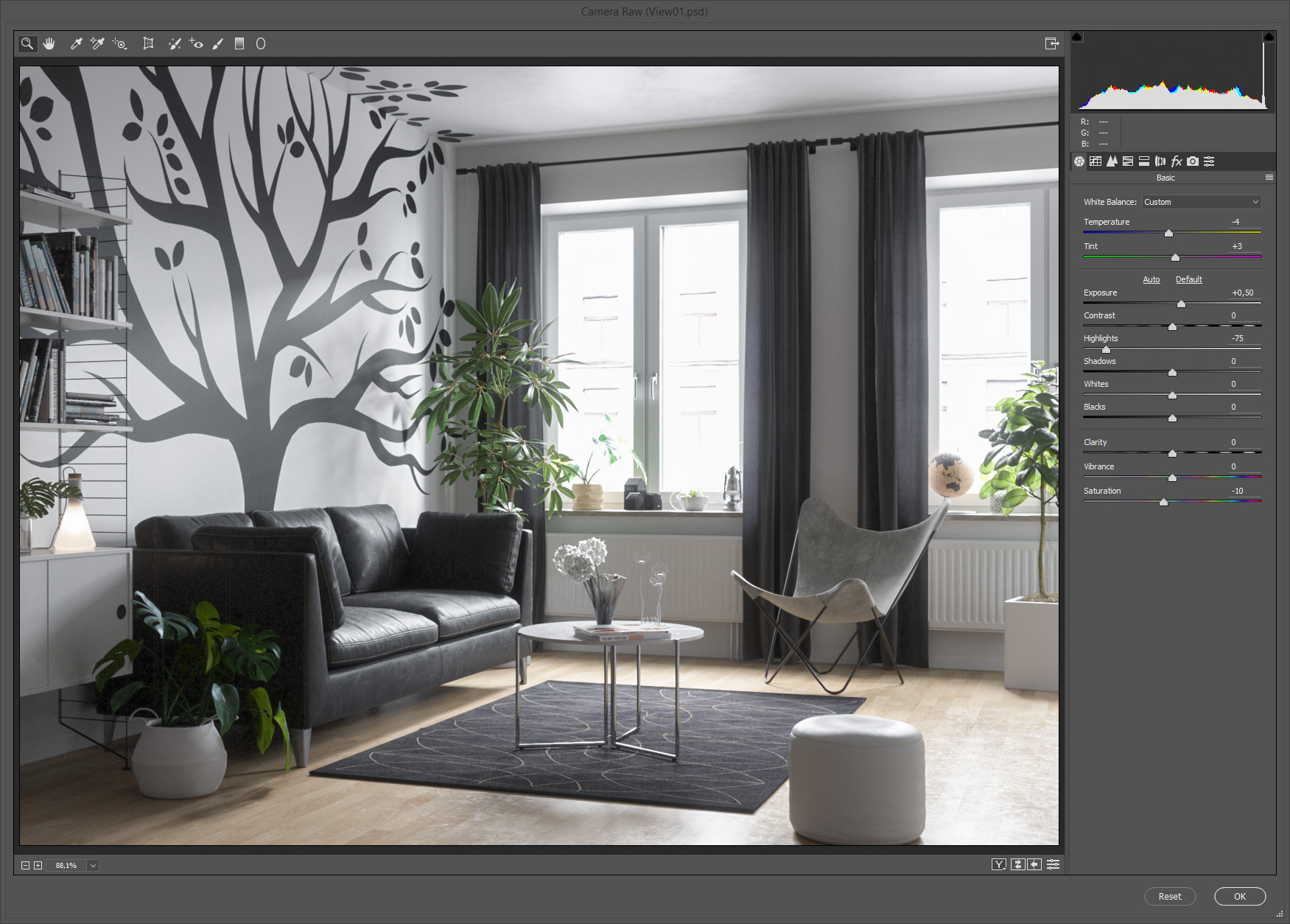
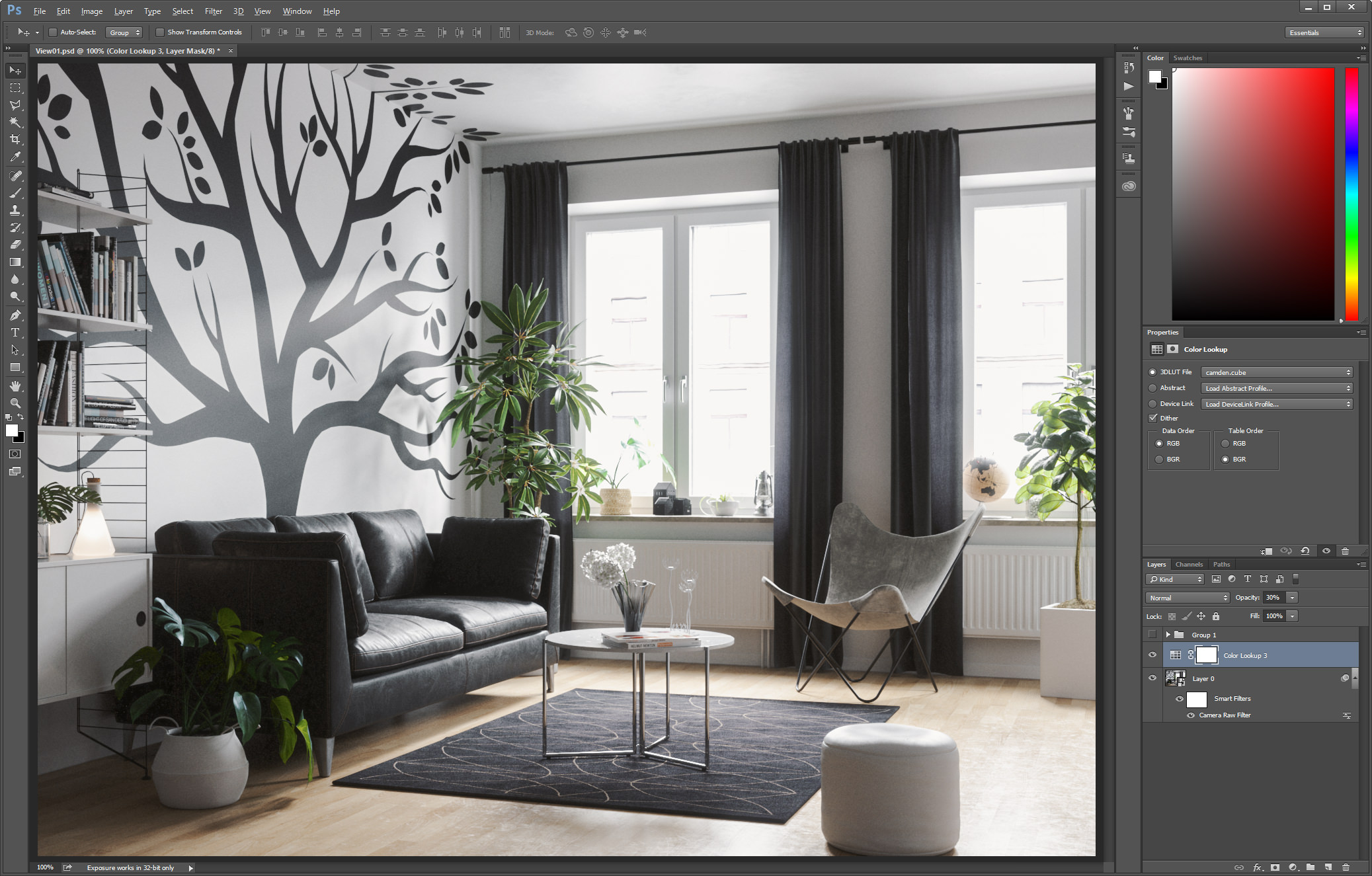
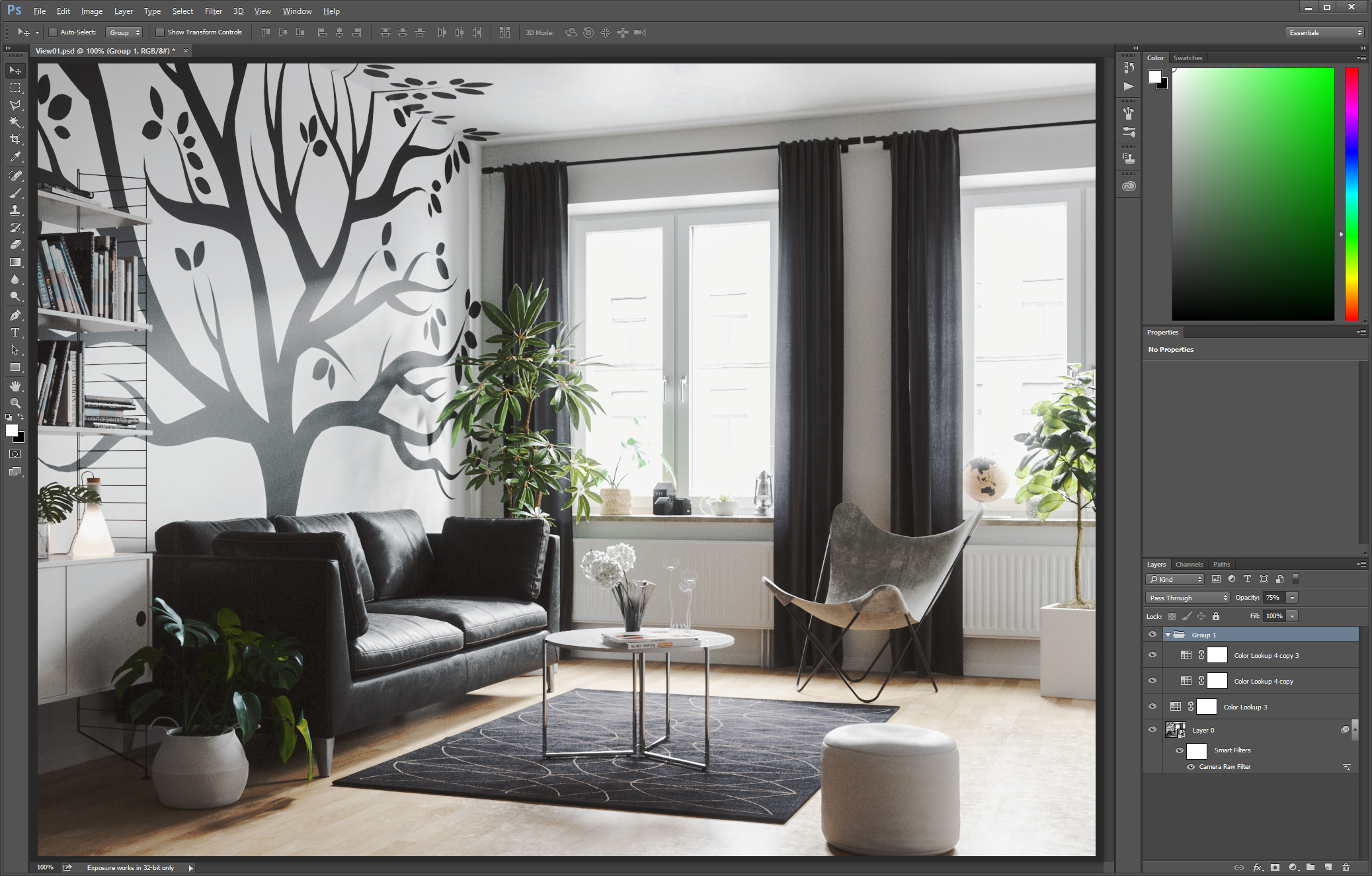
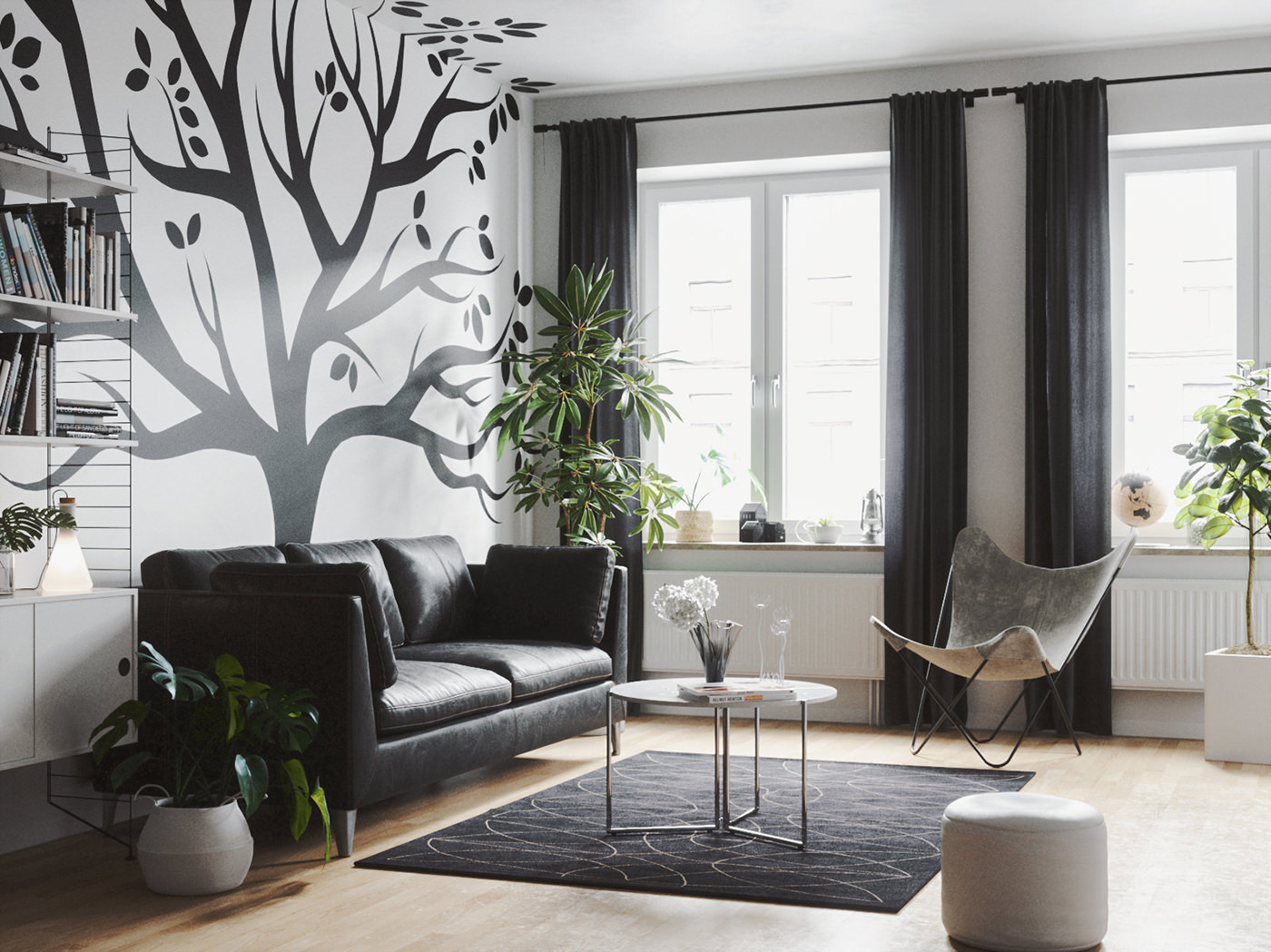
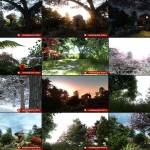
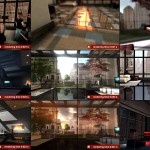
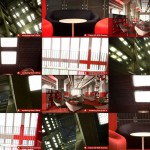
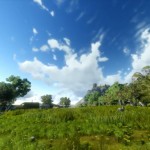


Anyone else here testing / using FStorm with great results?
HI I am Not able Download Since there is no button for download in their website
one thing that holding me from rendering with it, is the availability of models as in vray with evermotion, 3dsky ect…
Great stuff Daniel.
Are there any great GPU-render options for us Mac-users?
Render time with fstorm? Only thing that is holding me back is gpu memory limits :/
There is vray to fstorm converter..
Arturs Ozoliņš does it works efficiently ?
The converter converts from Vray,Corona and Octane to FStorm and it works great!
then i’ll give it a try, seems promising :
I´ve done all my work the recent year with 6gb GPUs (980 Ti) without any issues at all. I had to optimize though but everything I wanted in the scene fit on the gpu memory.
MartinWahlbergCom I guess that would be Octane for C4D/Maya and an external GPU box$$$$$$. 😛
i think this gpu renders, by now are just for fun or to solve small scenes, but not suitable for hard profesional arch-viz work, is not possible to handle big amount of information with gpu renders (not by now, in a few years, of course yes)
Yeah, I guess that’s the only option huh?
Thanks!
Memory seems to be an issue with most of our scenes that I’ve tested… We were not very optimizations oriented mind you 😉 and with 12GB / 16GB cards already on market with more memory to come I think this limitation will not be a limitation for much longer.
yes, but not only a memory limitation, also a compatibility problem with almost all new software on market…
Hi Daniel, great image.
Ever since I started to play around with UE4 I couldn’t stop thinking how great it could be to work every day with that interactivity level just as you say. I’ve tried fstorm I couple of times and I really liked it but I didn’t have the chance to test it on a bigger/demanding scene. Have you done so already? and if so how was performance like? and what hardware do you have?.
Thanks!
New version is out – http://www.fstormrender.com/forum/forum/releases/1840-fstormrender-for-3ds-max-v0-2-2
Changes :
focus picker
avoid whole image cleaning in case of region render
region render for final render
RT background image
image sequence support/ doesn’t work for production render
bitmap crop
bitmaps memory optimization (unconnected ones are not uploaded to GPU)
static/dynamic noise option
vertex color conversion
VRay HDRI texture conversion
physical camera conversion
improved glare (sharper rays)
box preview for fstorm proxy
bug fixes:
slow time bar scrolling with opened material editor
crash during octane medium node conversion
incorrect face normals with motion blur
incorrect converter options reading
By just reducing an HDRI from 18k down to 4k you can save 0,5-1,0gb of memory 🙂 What compatibility problems do you mean?
Gaston Suarez Pastor Thanks!
I have used Octane for all my commercial and personal projects the last year and have managed to fit everything I need on my 980 Ti GPUs (6gb memory) with some optimization. Octane has a “out of core” feature which lets you use regular ram memory for textures, which helps a lot. But I do think it would be a bit challenging if you have GPUs with something like 2gb of memory.
At the same time the amount of memory on GPUs is going the right way, with cheaper cards getting more memory and I wouldn´t be surprised if the equivalent to 980 Ti in 1-2 years have 12-16gb of memory and the equivalent to Titan X has 24gb. This is of course speculation, but it is going in the right direction 🙂
Scripts, scatters, plugins librarys, etc… You need professional background to work, by now gpu render engines are basic test software…
Scripts are usually not render dependent (atleast the ones I’ve needed), scatters are supported (beside some features that we usually can work around). What unsupprted plugins and scripts do you need to make “hard professional archviz”? 🙂
If you have any example of an image that you do not think will be possible to do in Octane of FStorm, please show 🙂
Even large exterior scenes? I have a gtx1080 and struggle sometimes with a lot of vegetation. Interiors are 100% good. Im focus 100% on gpu right now, its just so good to not be used.
I’m not trying to attack fstorm, looks really promising, and maybe a good option in the close figure, but using a beta software for professional work is not a good idea…. Fstorm has displacement? Thanks
Future, not figure, mistake…
I like soo much this engine but really wanna see fstorm in a big archviz exterior, for now in the facebook group just interiors, studio scene and automotive. Pls do this test!
Juan Altieri Don’t get me wrong, I didn’t think you were either and you really do have a point. Me asking about the plugins and such, is just because I am curious. We all work in different ways. Personally I haven’t had any issues of not being able to do anything that I want, that’s why I am curious to hear your opinion about it 🙂
i think its a question of time, only a small portion of the render engines on the market are sucesfull, i think fstorm looks very promising, but needs time to really be a credible option for pro work…
Hi Daniel,
Great images ! Thanks for the making of.
Can you explain abit more about LUT ? What is it and how to use it ?
Best,
Dung
Curse the day that i bought that Radeon R9 390 🙁
Could tell me where you got those LUTS. They look nice! I see the name ‘camden” thats it
fancy your minimal postwork pretty much!
thanks for that small insight
best
Lasse
lasse1309 Thanks!
Now you also have the possibility to use custom LUTs directly in FStorm VFB. You just copy the LUTs you have purchased or created yourself to a specific folder and then you can load and scroll through your LUTs and see the changes in the frame buffer so I basically don´t need PS anymore 🙂
Best,
Daniel
rombout You can get the LUTs here: http://deluts.businesscatalyst.com/
I think the “camden” LUT is from the 4th pack.
GorkemYacan 🙁
DanielReutersward Thanks for the quick reply. Ill have a look there
Great modeling by the way and love your lighting, feels so natural
hii frnd When i’m trying to install FStorm 3dsmax setup_0_2_4 i have face problem it is showing some error like this
hii frnd When i’m trying to install FStorm 3dsmax setup_0_2_4 i have face problem it is showing some error like this
polasaikrishna what graphics card do you have?
Thanks for the great article Daniel! Would be interesting to hear more about Corona in comparison to Octane / FStorm, since all of these have good interactivity features. In your opinion, are they similar to each other or does Corona fall behind in some cases? Seems to me that Corona would offer the best of both worlds (use of RAM + overall workflow like GPU renderers)?
ronenbekerman My first try with FStorm. Fall in love.
Hello Dear, is there dear is there a way to get / buy this nice 3D scene? “http://www.dict.cc/englisch-deutsch/unfortunately.html” i am an c4d user so I like like to convert it to a vray c4d version. Anyway, can you tell me where to get this great plant models 🙂 Thanks!
Korneev Egor ronenbekerman better then corona? kozlov as Karba from 3dcenter?
Korneev Egor ronenbekerman Nice! Maybe too much bloom?
Korneev Egor ronenbekerman Yes, it’s too much bloom) Thanks.
cbapog Korneev Egor ronenbekerman Not better, but different.
hi, what cg source hdri are you using here? thanks
the fstorm website is down or whatever cause all the forum pages are 404 blank + there is no download, buying buttons or anything, like they went up in smoke, what’s happening?